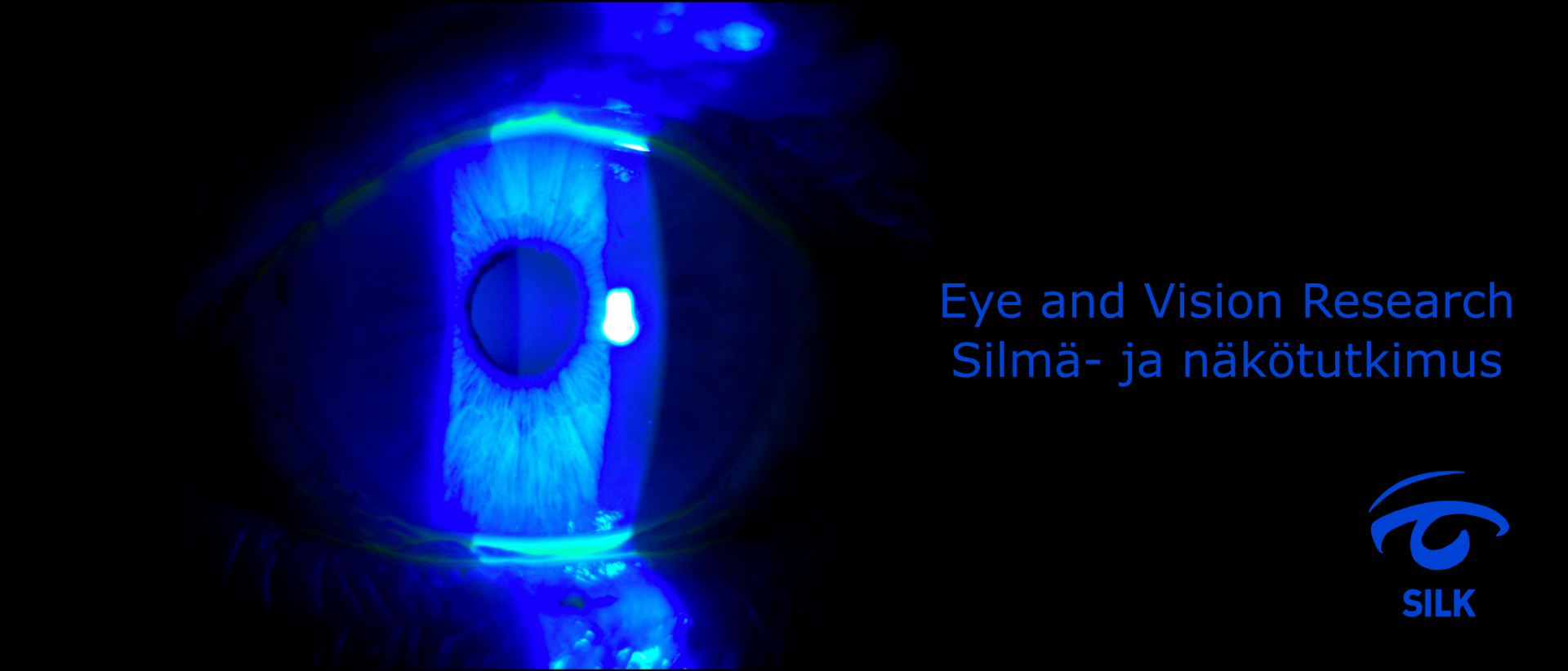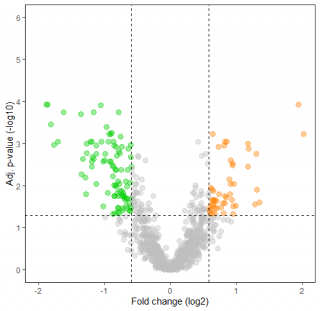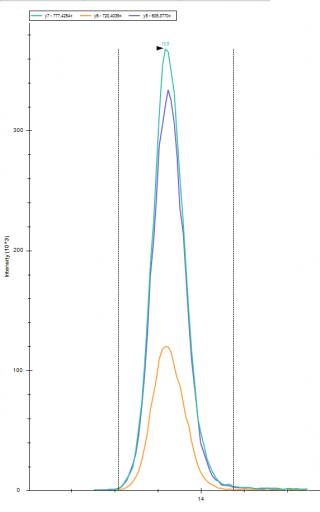
The research of the Eye and Vision research group is focused on the chronic diseases affecting the eye and vision. Our aim is to develop personalized diagnostic and therapeutic methods for these diseases in a broad and multidisciplinary manner by applying epidemiological, clinical, and functional vision related approaches in our research.
Our Research
Epidemiology
Impaired vision has a dramatic impact on the quality of the life of the individual and the expenses of the society. We have been actively working to get more information about the epidemiology of the chronic vision threatening diseases in Finland. By using large epidemiological datasets like FinnHealth 2000, 2011 and 2017, Savitaipale Study and FinnGen Study we are analyzing not only the prevalence and incidence of the eye diseases but also their health economic impact, their effect on the quality of life and their socioeconomic, genetic and lifestyle related risk factors in co-operation with the National Institute of Health and Welfare and the Finnish Federation of Visually Impaired.
Functional vision – Visaxion
Vision in real life is much more than visual acuity or visual field. Therefore, we have founded test platforms to better analyze the functional vision in normal everyday situations. Visaxion (www.visaxion.fi) includes ready-to-use test platforms and analysis services to reliably examine functional vision and to test the efficacy of various therapeutic interventions, optical aids or information technologic solutions. Our platforms enable testing in simulated working, traffic and usability test environments in a safe and controlled manner.

Proteomics, Clinical biomarkers
In order to better understand the underlying biological functions of diseases, we have applied mass spectrometry-based proteomics in our studies. Our special expertise has been in the use of very small samples in clinical and translational studies. We have also been developing methods for identification and validation of clinically important biomarkers. Our studies have concentrated on, for example, ocular surface disease, glaucoma medication, glaucoma surgery, age-related macular degeneration, stem cell applications and refractive surgery. Currently, we have finished our mass-spectrometry-based analyses and services and are concentrating on statistical analyses and bioinformatics of the clinical proteomics datasets collected in our studies.
 |
 |
Imaging
The research group is actively developing new analytical methods for fundus images, e.g., spectral imaging, optical coherence tomography and AI based automated analysis. We are using this technology also in our epidemiological studies, especially to detect chronic eye diseases like diabetic retinopathy, age-related maculopathy, inherited retinal diseases and glaucoma.
